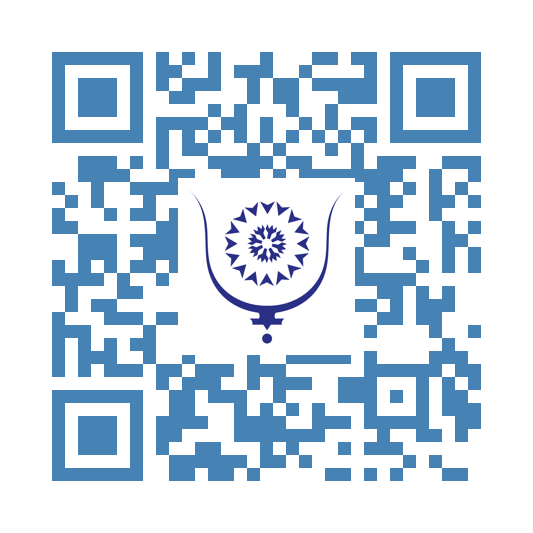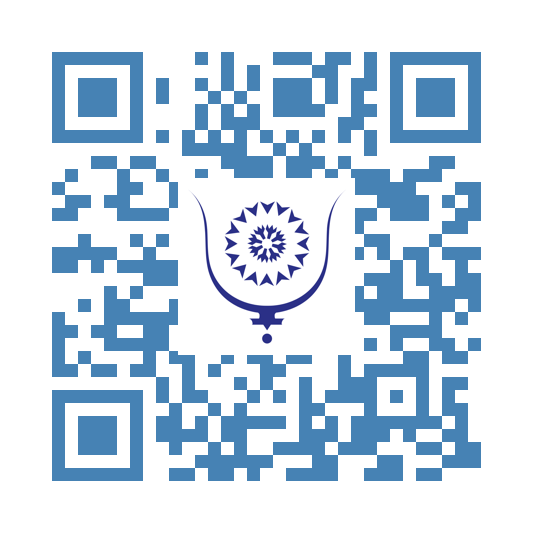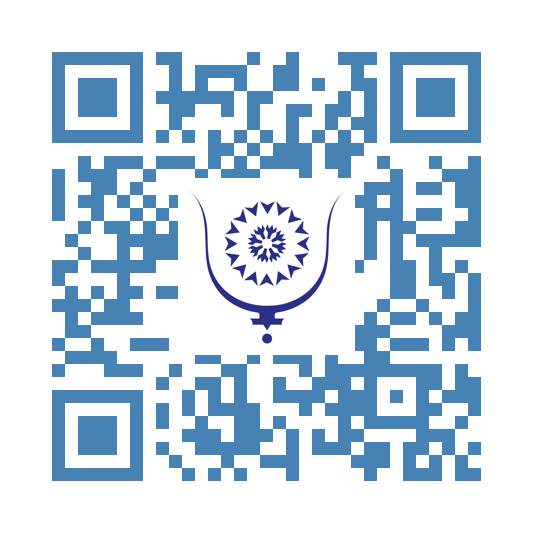LIVES, VOL.1 - LIFE OF THESEUS.[3/10] 1907
X. Before coming to Megara he slew Skeiron by flinging him down a precipice into the sea, so the story runs, because he was a robber, but some say that from arrogance he used to hold out his feet to strangers and bid them wash them, and that then he kicked the washers into the sea. But Megarian writers, in opposition to common tradition, and, as Simonides says, "warring with all antiquity," say that Skeiron was not an arrogant brigand, but repressed brigandage, loved those who were good and just, and was related to them. For, they point out, Aeakus is thought to have been the most righteous of all the Greeks, and Kychreus of Salamis was worshipped as a god, and the virtue of Peleus and Telamon is known to all. Yet Skeiron was the son-in-law of Kychreus, and father-in-law of Aeakus, and grandfather of Peleus and Telamon, who were both of them sons of Endeis, the daughter of Skeiron and his wife Chariklo. It is not then reasonable to suppose that these, the noblest men of their time, would make alliances with a malefactor, and give and receive from him what they prized most dearly. But they say that Theseus slew Skeiron, not when he first went to Athens, but that afterwards he took the town of Eleusis which belonged to the Megarians, by dealing treacherously with Diokles, who was the chief magistrate there, and that on that occasion he killed Skeiron. This is what tradition says on both sides.
XI. At Eleusis Theseus overcame Kerkyon of Arcadia in wrestling and killed him, and after journeying a little farther he killed Damastes, who was surnamed Prokroustes, by compelling him to fit his own body to his bed, just as he used to fit the bodies of strangers to it. This he did in imitation of Herakles; for he used to retort upon his aggressors the same treatment which they intended for him. Thus Herakles offered up Busiris as a sacrifice, and overcame Antaeus in wrestling, and Kyknus in single combat, and killed Termerus by breaking his skull. This is, they say, the origin of the proverb, "A Termerian mischief," for Termerus, it seems, struck passers-by with his head, and so killed them. So also did Theseus sally forth and chastise evildoers, making them undergo the same cruelties which they practised on others, thus justly punishing them for their crimes in their own wicked fashion.
XII. As he proceeded on his way, and reached the river Kephisus, men of the Phytalid race were the first to meet and greet him. He demanded to be purified from the guilt of bloodshed, and they purified him, made propitiatory offerings, and also entertained him in their houses, being the first persons from whom he had received any kindness on his journey. It is said to have been on the eighth day of the month Kronion, which is now called Hekatombeion, that he came to his own city. On entering it he found public affairs disturbed by factions, and the house of Aegeus in great disorder; for Medea, who had been banished from Corinth, was living with Aegeus, and had engaged by her drugs to enable Aegeus to have children. She was the first to discover who Theseus was, while Aegeus, who was an old man, and feared every one because of the disturbed state of society, did not recognise him. Consequently she advised Aegeus to invite him to a feast, that she might poison him. Theseus accordingly came to Aegeus's table. He did not wish to be the first to tell his name, but, to give his father an opportunity of recognising him, he drew his sword, as if he meant to cut some of the meat with it, and showed it to Aegeus. Aegeus at once recognised it, overset the cup of poison, looked closely at his son and embraced him. He then called a public meeting and made Theseus known as his son to the citizens, with whom he was already very popular because of his bravery. It is said that when the cup was overset the poison was spilt in the place where now there is the enclosure in the Delphinium, for there Aegeus dwelt; and the Hermes to the east of the temple there they call the one who is "at the door of Aegeus."
XIII. But the sons of Pallas, who had previously to this expected that they would inherit the kingdom on the death of Aegeus without issue, now that Theseus was declared the heir, were much enraged, first that Aegeus should be king, a man who was merely an adopted child of Pandion, and had no blood relationship to Erechtheus, and next that Theseus, a stranger and a foreigner, should inherit the kingdom. They consequently declared war. Dividing themselves into two bodies, the one proceeded to march openly upon the city from Sphettus, under the command of Pallas their father, while the other lay in ambush at Gargettus, in order that they might fall upon their opponents on two sides at once. But there was a herald among them named Leos, of the township of Agnus, who betrayed the plans of the sons of Pallas to Theseus. He suddenly attacked those who were in ambush, and killed them all, hearing which the other body under Pallas dispersed. From this time forth they say that the township of Pallene has never intermarried with that of Agnus, and that it is not customary amongst them for heralds to begin a proclamation with the words "Acouete Leo," (Oyez) for they hate the name of Leo because of the treachery of that man.
XIV. Now Theseus, who wished for employment and also to make himself popular with the people, went to attack the bull of Marathon, who had caused no little trouble to the inhabitants of Tetrapolis. He overcame the beast, and drove it alive through the city for all men to see, and then sacrificed it to Apollo of Delphi. Hekale, too, and the legend of her having entertained Theseus, does not seem altogether without foundation in fact; for the people of the neighbouring townships used to assemble and perform what was called the Hekalesian sacrifice to Zeus Hekalus, and they also used to honour Hekale, calling her by the affectionate diminutive Hekaline, because she also, when feasting Theseus, who was very young, embraced him in a motherly way, and used such like endearing diminutives. She also made a vow on Theseus's behalf, when he was going forth to battle, that if he returned safe she would sacrifice to Zeus; but as she died before he returned, she had the above-mentioned honours instituted by command of Theseus, as a grateful return for her hospitality. This is the legend as told by Philochorus.




